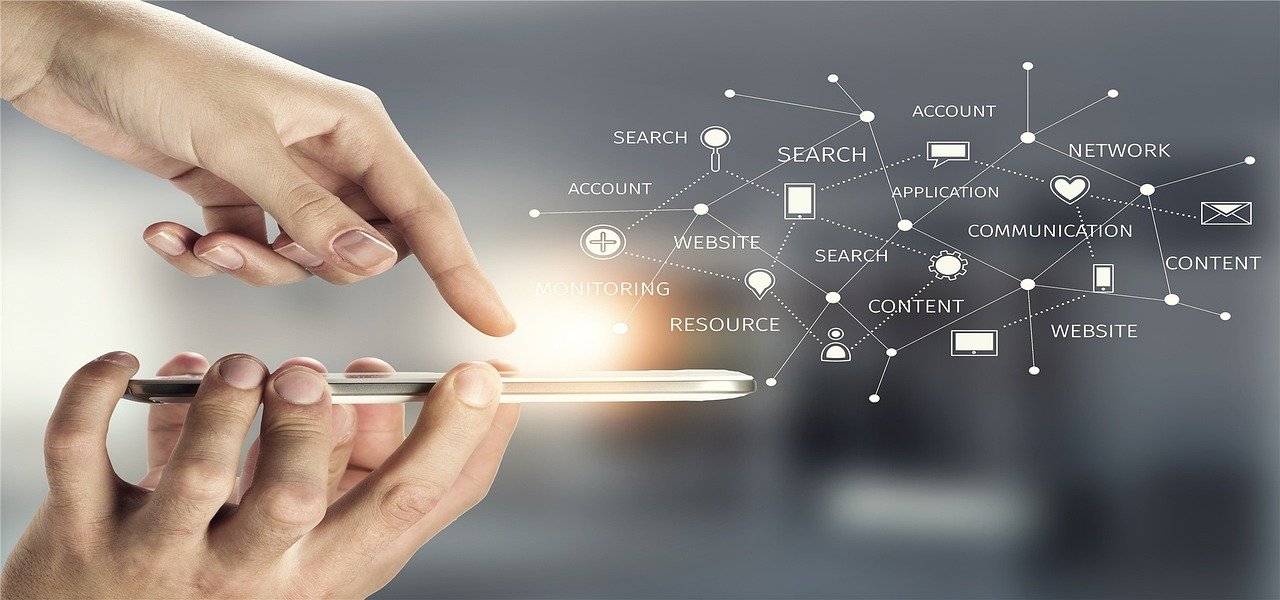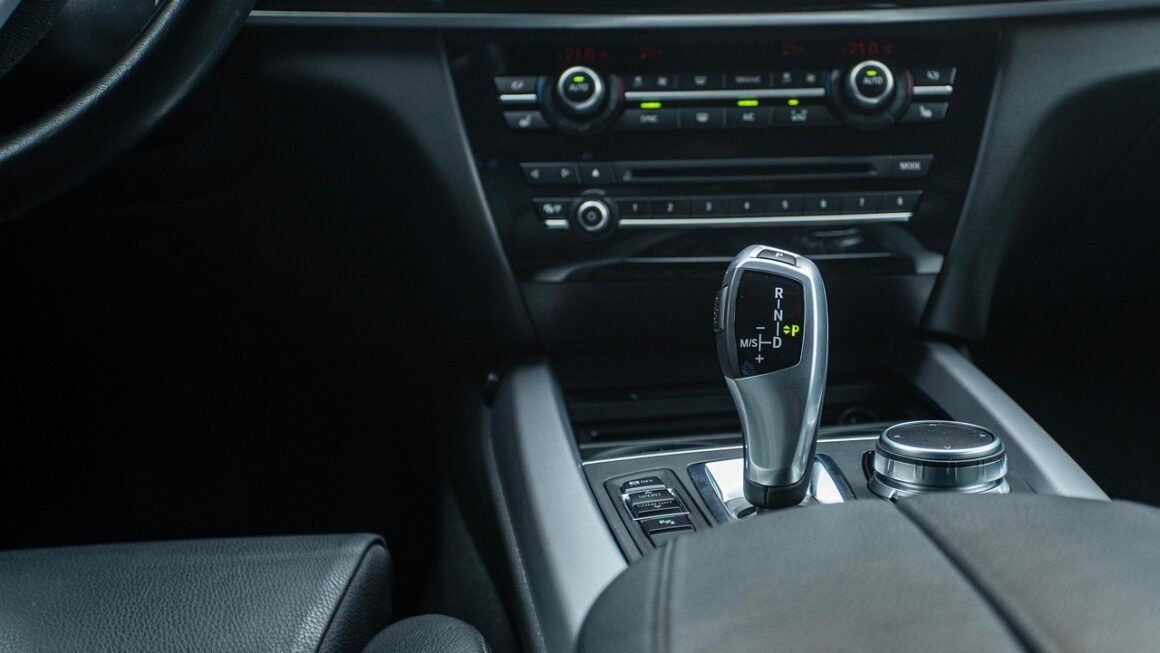Unlock the secrets of your unique identity! Biometrics, once relegated to science fiction, is now a cornerstone of modern security and identification. From unlocking your smartphone to streamlining airport security, biometric technology is transforming how we interact with the world. This comprehensive guide explores the fascinating world of biometrics, covering its diverse applications, underlying technologies, and the future of this rapidly evolving field.
What are Biometrics?
Defining Biometrics
Biometrics refers to the automated recognition of individuals based on their unique biological and behavioral traits. These traits, unlike passwords or PINs, are inherent and difficult to forge, providing a more secure and reliable means of identification and authentication.
Types of Biometric Authentication
Biometric authentication methods can be broadly classified into two main categories:
- Physiological Biometrics: These are based on physical characteristics of the human body.
Fingerprint Recognition: Analyzing the unique patterns of ridges and valleys on a fingertip.
Example: Smartphone unlocking, access control systems.
Facial Recognition: Identifying individuals based on the unique features of their face.
Example: Security surveillance, social media tagging, border control.
Iris Recognition: Analyzing the intricate patterns of the iris, the colored part of the eye.
Example: High-security facilities, border security. The iris is considered highly unique, with very low chances of false positives.
Retinal Scan: Scanning the blood vessel patterns at the back of the eye. This is more invasive than iris recognition and therefore less commonly used.
Example: Highly secure access points (historically, though now less common).
Hand Geometry: Measuring the size and shape of a person’s hand.
Example: Access control in facilities, time and attendance tracking.
- Behavioral Biometrics: These are based on patterns in human behavior.
Voice Recognition: Identifying individuals based on their unique voice characteristics.
Example: Voice assistants (Siri, Alexa), telephone banking, secure voice mail.
Signature Recognition: Analyzing the dynamics of a person’s signature, such as speed, pressure, and rhythm.
Example: Digital document signing, point-of-sale (POS) verification.
Gait Analysis: Identifying individuals based on their walking style.
Example: Airport security, criminal investigation. Even with variations in clothing or carrying objects, gait can be a surprisingly reliable identifier.
Keystroke Dynamics: Analyzing the timing and rhythm of typing on a keyboard.
Example: Continuous authentication on computers, fraud detection.
Benefits of Using Biometrics
Enhanced Security
Biometric authentication offers superior security compared to traditional methods like passwords and PINs. Because biometric data is unique to each individual and difficult to replicate, it significantly reduces the risk of unauthorized access.
- Stronger authentication factor than passwords
- Reduces the risk of identity theft
- Minimizes the potential for fraud
Increased Convenience
Biometrics eliminates the need to remember complex passwords or carry physical keys. This streamlines the authentication process and provides a more user-friendly experience.
- Eliminates the need for passwords or PINs
- Faster and more efficient authentication
- Reduced administrative overhead
Improved Accuracy
Biometric systems are designed to minimize errors and ensure accurate identification. Advanced algorithms and sophisticated sensors enable precise and reliable authentication.
- Lower false acceptance and false rejection rates
- Consistent and reliable performance
- Reduced risk of human error
Cost Savings
While the initial investment in biometric technology can be significant, the long-term cost savings can be substantial. By reducing fraud and improving efficiency, biometrics can help organizations save money on security and administrative expenses.
- Reduced fraud losses
- Lower administrative costs
- Increased productivity
How Biometric Systems Work
Enrollment Process
The first step in using a biometric system is enrollment. During enrollment, the individual’s biometric data is captured and stored in a database. This data is then used as a reference for future authentication attempts.
- Biometric data is captured using a sensor (e.g., fingerprint scanner, camera).
- The captured data is processed to extract relevant features.
- A template is created based on the extracted features.
- The template is stored in a secure database.
Authentication Process
During authentication, the individual presents their biometric data to the system. The system then compares the presented data with the stored template to verify the individual’s identity.
- Biometric data is captured using a sensor.
- The captured data is processed to extract relevant features.
- The extracted features are compared with the stored template.
- A matching score is calculated based on the comparison.
- The individual is authenticated if the matching score exceeds a predefined threshold.
Key Components of a Biometric System
A typical biometric system consists of the following key components:
- Sensor: Captures the biometric data (e.g., fingerprint scanner, camera, microphone).
- Processing Unit: Extracts relevant features from the captured data.
- Database: Stores the biometric templates.
- Matching Algorithm: Compares the presented data with the stored template.
- Decision Module: Determines whether the individual is authenticated based on the matching score.
Applications of Biometrics
Security and Access Control
Biometrics is widely used for security and access control in various settings, including:
- Government buildings and military installations
- Corporate offices and data centers
- Airports and border crossings
- Financial institutions
Time and Attendance Tracking
Biometric time and attendance systems provide accurate and reliable tracking of employee work hours, eliminating the possibility of time theft and improving payroll accuracy.
- Eliminates buddy punching
- Reduces payroll errors
- Improves employee accountability
Healthcare
Biometrics can enhance security and efficiency in healthcare settings by:
- Patient identification and record management
- Access control to sensitive areas
- Medication dispensing verification
Retail and Finance
Biometrics is increasingly being used in retail and finance to:
- Prevent fraud at point-of-sale
- Secure online transactions
- Provide personalized customer experiences
Consumer Electronics
Biometrics is now a standard feature in many consumer electronic devices, such as smartphones and laptops, providing secure and convenient authentication.
- Smartphone unlocking
- Laptop login
- Mobile payment authentication
The Future of Biometrics
Advancements in Technology
Biometric technology is constantly evolving, with new and improved methods being developed all the time. Some of the key advancements include:
- Improved accuracy and reliability
- Increased speed and efficiency
- Development of new biometric modalities (e.g., vein recognition, DNA analysis)
- Integration with artificial intelligence (AI) and machine learning
Integration with Mobile Devices and IoT
Biometrics is increasingly being integrated with mobile devices and the Internet of Things (IoT), enabling seamless and secure authentication across a wide range of applications.
- Mobile banking and payments
- Smart home security
- Wearable devices
Ethical Considerations
As biometric technology becomes more widespread, it is important to address the ethical considerations surrounding its use. This includes concerns about privacy, data security, and potential for misuse.
- Data privacy and security
- Potential for bias and discrimination
- Transparency and accountability
Conclusion
Biometrics offers a powerful and versatile solution for identity verification and authentication. From enhancing security to improving convenience, biometric technology is transforming the way we interact with the world. As the technology continues to evolve, it is important to consider both the benefits and the ethical implications of its use. By understanding the principles and applications of biometrics, we can harness its power to create a more secure and efficient future. Explore the possibilities of implementing biometric solutions in your business or personal life today!



